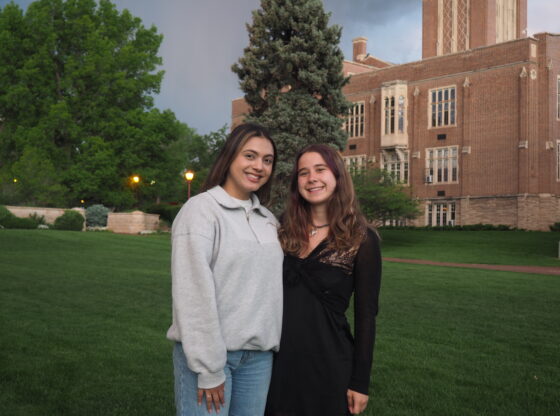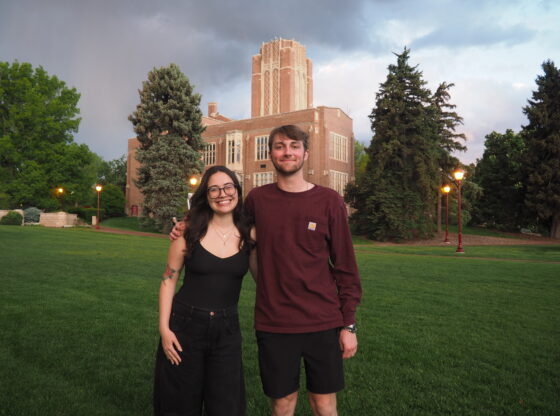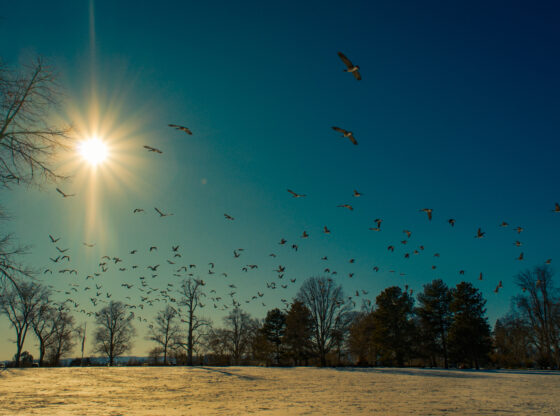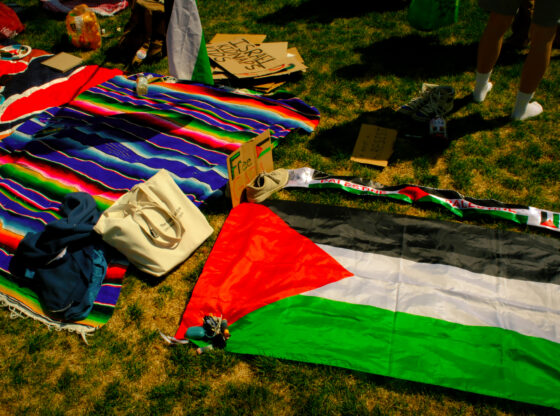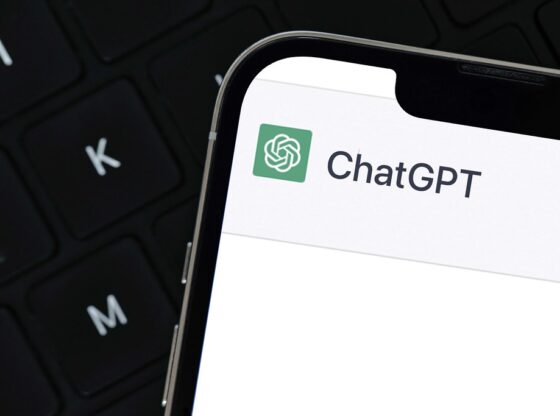In the aftermath of the Pittsburgh shooting that killed 11 and injured six in the Tree of Life synagogue, the experience of looking through the archive of disturbing posts made by the shooter has an ominous, foreboding quality to it.
“I can’t sit by and watch my people get slaughtered,” Robert Bowers, the 46-year-old white male, posted on the alt-right social media website Gab just hours before his attack, “Screw your optics, I’m going in.”
While Bowers had no criminal record to speak of, online, his presence was strong. Through Gab, he interacted with hundreds of pieces of anti-Semitic content. As with most shootings, the evidence is alarmingly there and painfully acute in hindsight.
While some claim that social media sites such as Gab should be held accountable for missing these warning signs, it is difficult to determine how much the implementation of stricter filtering and censorship would tangibly address the problem. With Nikolas Cruz, the shooter in the Parkland, Florida tragedy, it didn’t do much. The exclamatory remarks he made on YouTube were reported, yet the FBI still didn’t go through any follow-up procedures that could have saved his victims.
Most of the time, no report is made at all. In a space as large as the Internet, it isn’t reasonable to expect the government or the companies that run social media platforms to be able to pore through all of the content that is uploaded, ascertain correctly what is a plausible threat and what is not and do it in a timely manner. It is a perverted pick-two triangle, so most of the time, people seep through the cracks.
These incidents are almost impossible for authorities and social media sites to take notice of and and intervene in because the task “amounts to [looking for] a drop of water in a digital ocean” as Wall Street Journal reporters Georgia Wells and Sarah E. Needleman put it.
While online sites and the government scramble to improve their systems, this discussion has raised the question: is social media the weapon that leads to shootings or the weapon that will save us from them?
For individuals such as Bowers and Cruz, it served as a vacuum that validated and facilitated their racist and prejudiced beliefs. For their victims, though, it was a form of salvation.
In some cases, such as the Ohio shooting in 2012, social media was how students let others know they were okay. For those in Parkland, it was how they voiced their frustrations with a broken system and commanded attention to a cause they cared about and had affected their community deeply. In the days that followed the shooting, the passionate narratives students such as Emma González and David Hogg told of their experiences kept the event in the public eye much longer than other shootings had been a point of discussion in the past, and the students amassed followings composed of thousands and in González’s case, millions.
“Two things that tend to spread on social media are anger and hope,” Laura Olin, who launched the Clinton campaign’s digital strategy and worked on the digital team for Barack Obama’s 2012 re-election, told Vanity Fair, “And these kids are helping to bring both to the gun debate.”
When tragedies such as those at Pittsburgh occur, it’s tempting to focus on the ‘what-ifs’ because we believe they’ll help us pinpoint what parts of the system are broken. But, those ‘what-ifs’ do more work to pin blame on others than work that will save those who could find themselves impacted next.
The reality is that there are shootings that occur entirely outside of the digital world where there are no clues for the public to trace and put the pieces together with. Politicians can have online platforms filter for threats as much as they want, but social media is not the key that will make the U.S. lose its position as a country where mass shootings are on the rise.
Social media is, though, the key to starting to ask the right questions; it’s the beginning.
“The fact is that I have to represent our movement,” Delaney Tarr, a Parkland student, told the New York Times. “It’s not just me tweeting whatever I want to tweet about. It has to be drawn back to who I am to the media, to who I am to the country.”


